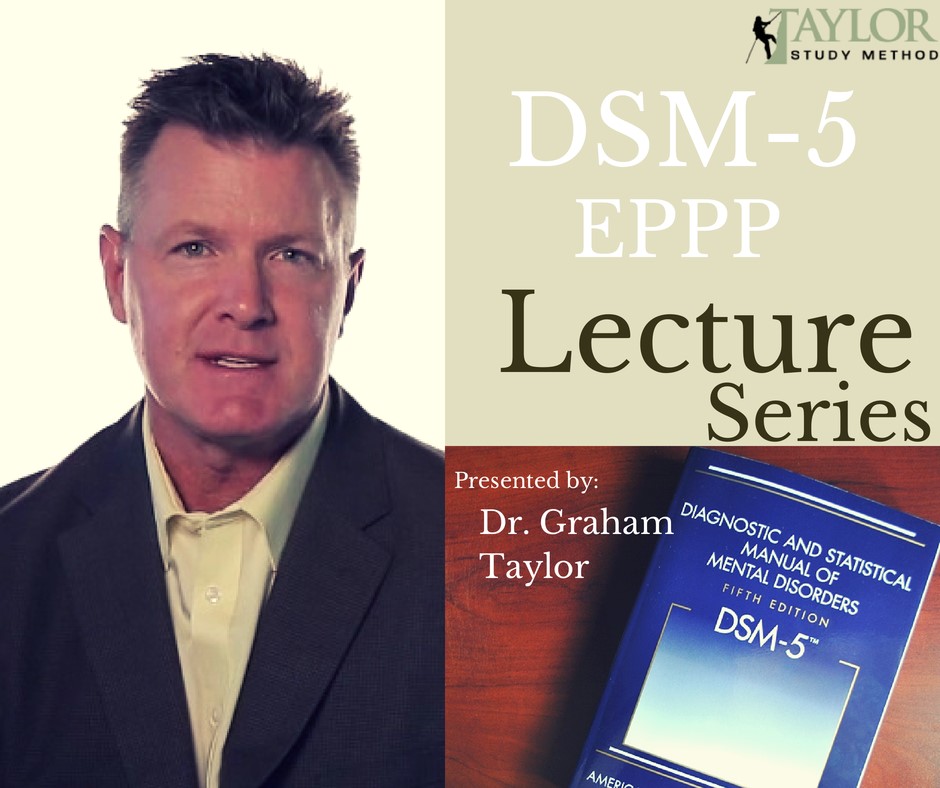Anyone taking the EPPP is now expected to know the material in DSM-5, the new edition of the Diagnostic and Statistical Manual of Mental Disorders. The changes that the American Psychiatric Association introduced in DSM-5 incorporate significant scientific advances in more precisely identifying and diagnosing mental disorders.
DSM-5 represents an opportunity to better integrate neuroscience and the wealth of findings from neuroimaging, genetics, and cognitive research that have emerged over the past several decades, all of which are vital to diagnosis and treatment.
It also provides a common language for clinicians to communicate about their patients and establishes consistent and reliable diagnoses that can be used in the research of mental disorders. In addition, it establishes a common language for researchers to study the criteria for potential future revisions and to aid in the development of medications and other interventions.
Many people who are studying to pass their EPPP are nervous about these changes, and have been asking some of the following questions: What is the relationship between DSM-5 and the EPPP, and how will the former affect the later? How will I learn what I need to know for the various EPPP content areas that have been affected by DSM-5? Is everything I learned before about mental illness suspect and unreliable? Are my test-preparation materials up to date with DSM-5?
Since your EPPP success is important to us at the Taylor Study Method, we have been running a lecture series on DSM-5 and the EPPP. The purpose of the Taylor Study Method’s DSM-5 Learning Series series aims to
- to provide an overview of the content areas that the DSM-5 has integrated
- to identify the critical points you’ll need to remember regarding the various content areas
- to utilize motion graphic illustrations and footage to help you further consolidate and retain this new DSM-5 information
- to demonstrate how the content areas may be presented to you as a question on your licensing exam
In order to fully address these concerns, Part 6 of our lecture series looks at five mental disorders affected by DSM-5. Alternatively, the following links will take you to a video and full transcript for each of these areas:
We trust this series will be very beneficial to you as you take this final step towards licensure.
You can watch earlier parts in this lecture series, and register for future webinars, by clicking here.

